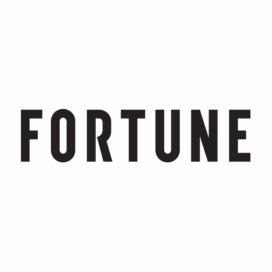McDonald’s CEO turnaround plan’s missing link: customers
Published: May 5, 2015 / Author: Lisa Baertlein

McDonald’s new chief executive’s turnaround plan for the fast-food chain included specific financial fixes, but left investors and analysts craving a clear strategy to win back diners and boost sales.
Steve Easterbrook, CEO of the Golden Arches since just March 1, said on Monday McDonald’s Corp (MCD.N) would restructure into four operating divisions, squeeze out about $300 million in annual cost savings and sell 3,500 restaurants to franchisees.
Investors, who had been hoping for concrete plans for addressing competition, service speeds and food quality – both real and perceived, sent McDonald’s shares down 1.7 percent to $96.13.
“It was a presentation designed to get the heat off from Wall Street. It had nothing to do with customers,” said Larry Light, CEO of brand consultancy Arcature. Light was McDonald’s global chief marketing officer from 2002 to 2005, when the company last underwent a major turnaround.
Light and other experts said Easterbrook’s initial steps announced on Monday should help, but noted that those one-off efforts are not a fix for slumping sales.
“No consumer has ever made a decision to buy a brand based on the structure and organization of a company,” said Light. “What is the focus of the brand? What is the need that McDonald’s will satisfy better than the competition?”
Easterbrook, who most recently was McDonald’s global chief brand officer, won kudos for turning around the company’s UK business in a prior role and has vowed to transform McDonald’s into a “modern, progressive burger company.”
Easterbrook told reporters that means a “better McDonald’s” that is more convenient, more enjoyable to visit and offers diners the chance to customize their food.
“Modern is meeting needs of consumers today. Progressive is anticipating the needs of our customers tomorrow,” said Easterbrook.
Earlier on Monday, Easterbrook announced a partnership to deliver McDonald’s food to homes and offices in Manhattan. He previously has announced plans to trim and localize menus, to remove important human antibiotics from chickens raised for McDonald’s U.S. restaurants, to raise pay for crew in company-run restaurants and tests of custom sandwiches and all-day breakfast. Easterbrook did not elaborate on those efforts on Monday.
“There really wasn’t much there,” Franchise Equity Group founder Richard Adams, a former franchisee who advises current McDonald’s operators, said of Monday’s event. “I wanted to hear more about new products.”
Jerry Langley, an executive in residence at the University of Notre Dame’s Mendoza College of Business who had worked in international finance at McDonald’s for 17 years, until 1999, is confident that Easterbrook can turn the ship.
“Investors probably wanted something magical, something big, something they hadn’t thought of,” said Langley, who still has a “sizeable position” in McDonald’s stock. “McDonald’s doesn’t work that way, they tend to get back to their knitting and what they do best.”
Howard Penney, restaurant analyst at Hedgeye Risk Management, wanted Easterbrook to be bolder.
Related Stories




